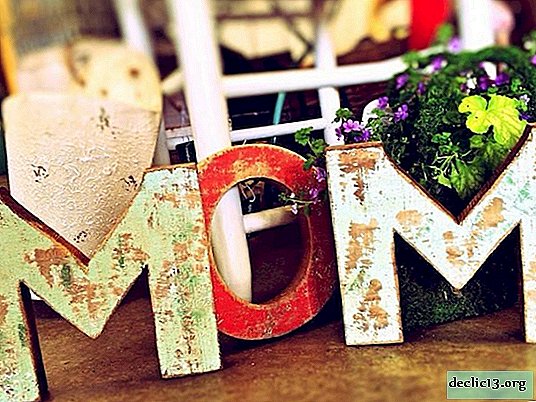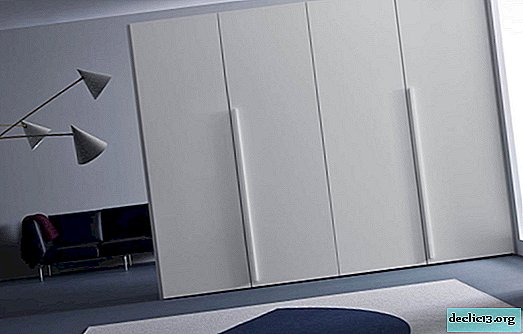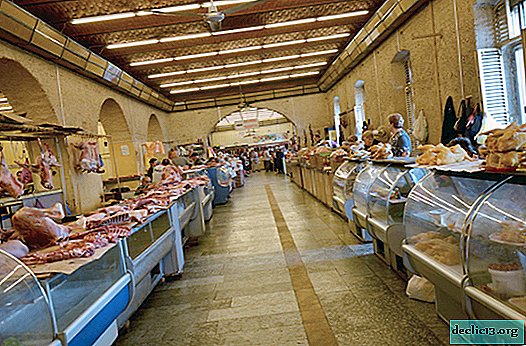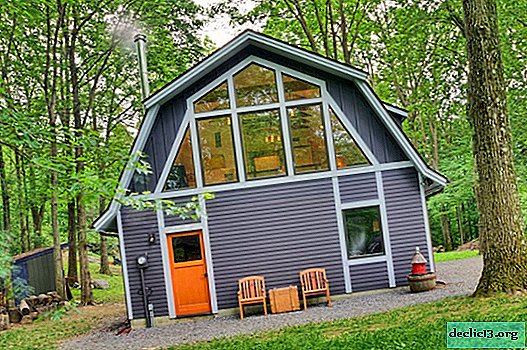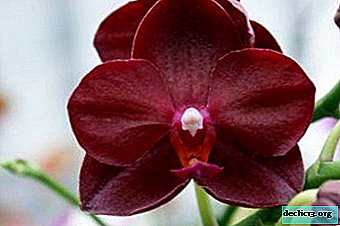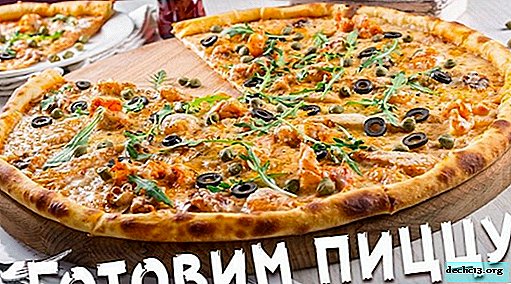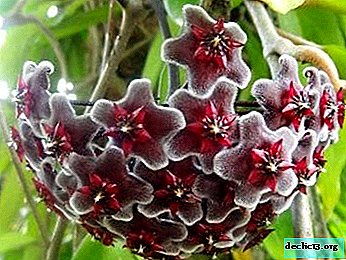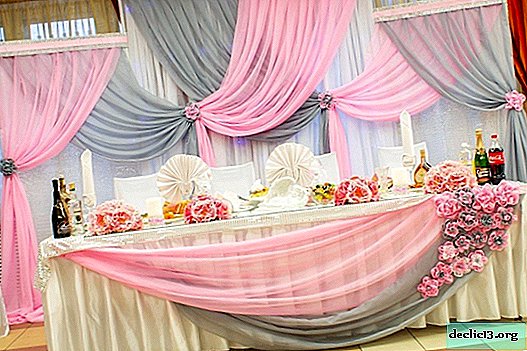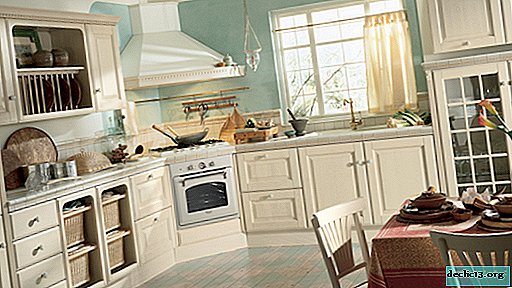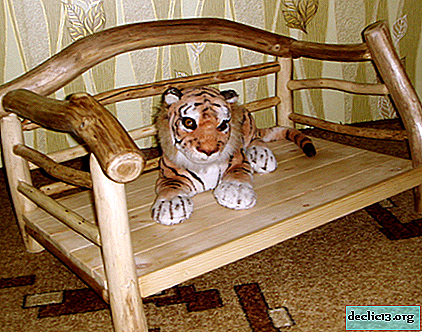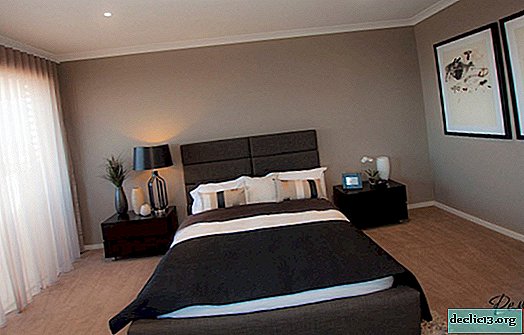Bulbs: types of bulbs and types of socles
Any major repairs sometime come to an end and its final stage is usually the installation of chandeliers and the selection of suitable bulbs. We will understand in stages what is available on the market today.
Light bulbs come in the following types:
- halogen;
- incandescent lamps;
- luminescent;
- energy saving.
The most affordable and inexpensive are incandescent lamps. They use gas and a conductor, heated to a high temperature, which is placed in an inert atmosphere. These bulbs can be of various shapes.

Halogen types of bulbs are 2-4 times more effective than the previous ones. They have greater light output and longer service life. In addition, they are compact and cheap. Such lamps are filled with halogen vapors and are similar in principle to previous ones.

Fluorescent They have a very high light output, which is 4 times more effective than incandescent lamps. These lamps are durable, have a reasonable price and are more economical. They contain mercury vapor under pressure, giving a bright glow under the influence of electricity.

Energy saving (LED) have miniature sizes and different variations of the glow (from yellow to blue). Such lamps are usually used in outdoor lighting and advertising, as they produce cooler light.

The bulb is attached to the cartridge using a cap.
Socles have many types:
- pin
- screw
- focusing, etc.
Marking:
- Voltage. It is indicated on a bulb or bulb and is measured in volts. Sometimes you can see the marking 230-240 V. This suggests that the bulb is designed for a standard voltage of 220 volts and has a small margin, which is needed to protect against burnout during power surges.
- Power. It is marked on a flask or base, measured in watts. For example, 150 W means that this light bulb consumes so much energy per hour.
- Light output. Shows the amount of light produced per watt spent, measured in lumen / watt.
Socles
Base Type depends on the cartridge on which it is usually written which type is suitable. Most commonly used:
- Pin - used in fluorescent and halogen lamps.
- Screw - the most common type of socles. It is used in incandescent bulbs.
Decoding of marking on the base:
- The first capital letter (B, G, E, P, S, R) coming first is the type of cap.
- The numbers following it indicate the diameter, in the pin design indicates the distance between the pins.
- Lowercase letters - number of contact plates or pins.
Reasons for the burnout of incandescent lamps
- Very high voltage - a voltage stabilizer helps to solve the problem or you can connect the lamps through a protective unit that protects against voltage surges.
- Poor light bulbs and poor contact in the cartridges. You should carefully check the bulbs when buying and do not use lamps with more power in luminaires and chandeliers than are allowed in the passport of the lighting device.
- Broken and poor-quality circuit breaker - must be replaced immediately.

